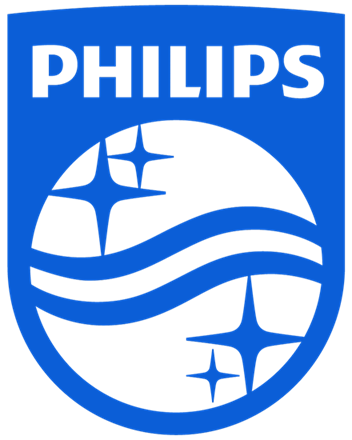Philips Creates Facial Analysis Algorithms For Better CPAP Mask Choices

CPAP Masks and other interfaces can have side effects from as minor as being uncomfortable to actually causing patients to develop claustrophobia. They can also have air leaks that can be incredibly noisy and keep CPAP users up all night. These issues have gotten so bad that patients will give up their CPAP therapy, which puts them at risk for so many more health issues.
To try to ensure a better night sleep and minimal side effects, a team of engineers at Philips have been working on creating a Mask Selector, a software program that was revealed and demoed at SLEEP 2019 in San Antonio, Texas.
The software works similarly to the software created to help find semi-cushioned orthotics that can be found at some local shoe stores. On a tablet, the software uses a mounted camera to create a 3D scan of the patient’s face. The scan is synced with cloud-based algorithms that will analyze the face. After being scanned the patient will answer a short questionnaire, which gives an idea as to the patient sleeping habits (how they breathe through their nose, preferred sleep position, etc.) and will be given a mask recommendation based on their scan and answers to the questions.
The goal for Philips is to try to standardize the mask selection process and to use this software to help patients find the mask that best fits them to increase comfort and minimize side effects created by ill-fitting masks. “The idea is to optimize the experience the first time, so they don’t go home and have a mask that they don’t like,” says David White, MD, chief medical officer at Philips. “If you could give them something that spot-on fits the first time, the hope is that that will improve their use of the device.”
Jonathan Grashow, senior staff engineer at Philips Respironics, was quoted saying, “This is really powerful because it allows us to extract the critical facial geometry for each one of our masks and it allows us to do mask recommendation in sizing, not just from a few dimensions taken off the face, but based on the size, shape, and curvature of the face, and as we look toward the future, you can see how this really sets the stage for custom masks.”
The software is currently undergoing a soft launch and is expected to be readily available by the end of the year.
